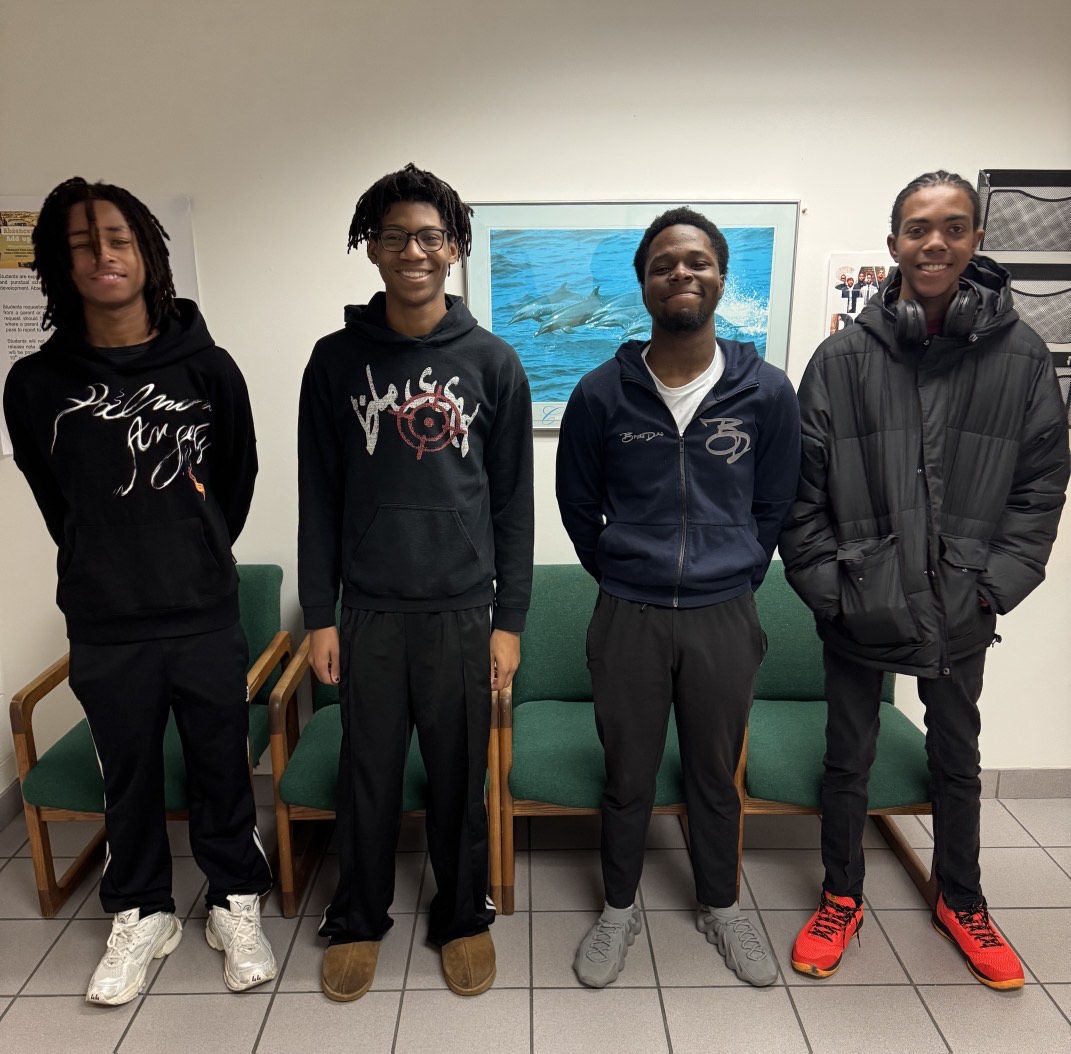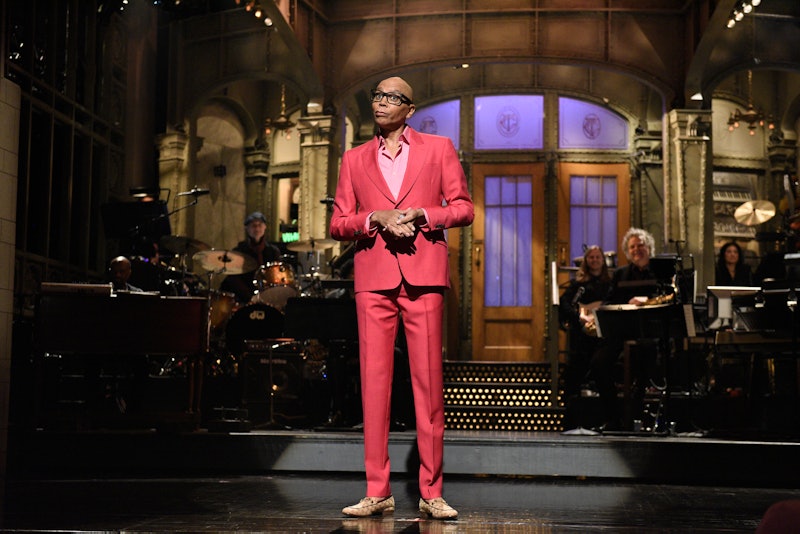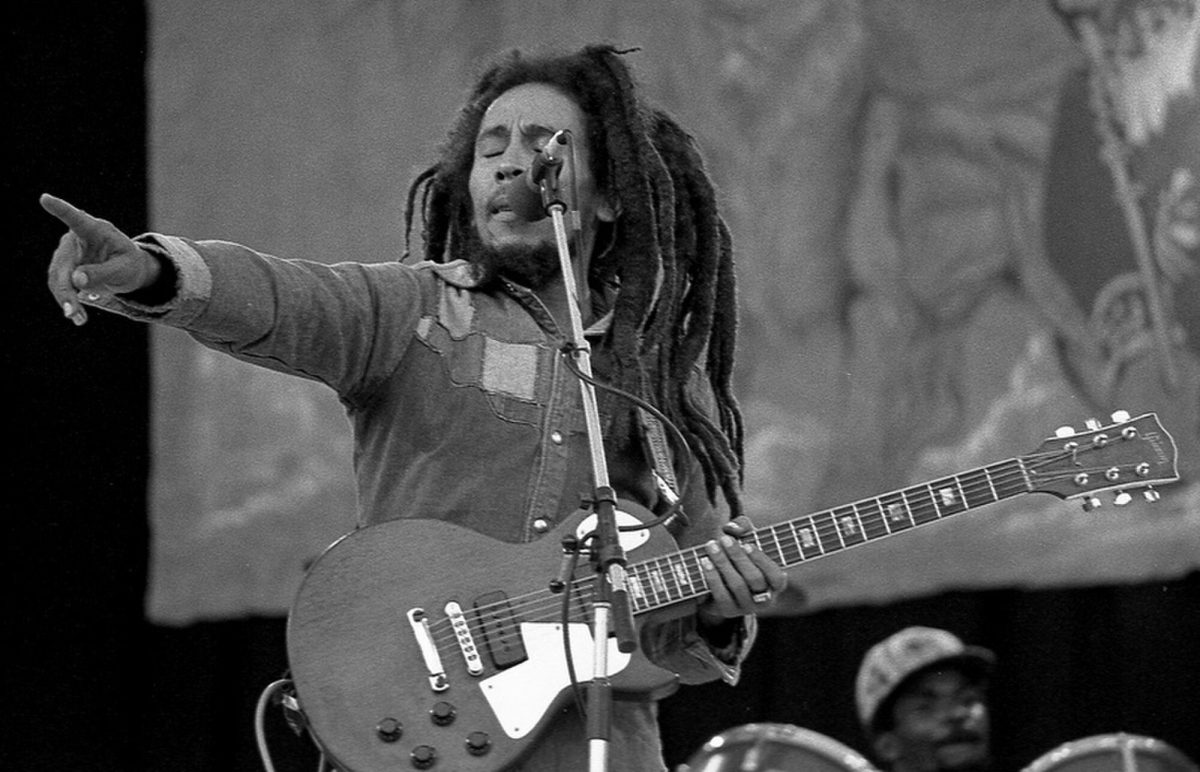“Do something you like to do…If you develop your imagination, you can almost do anything,” said Benny Andrews.
Benny Andrew’s parents fostered his artistic talent when he was a child by stressing the importance of creativity and freedom of expression.
He never had formal art training, so he observed those around him. His professor Boris Margo helped Andrews discover his unique art style which was later called “rough collage.” It combines a painting with added pieces of canvas, paper or fabric.
He taught at many places with people from very diverse backgrounds like prisons. His art programs at prisons were considered a national model because of their efficiency in promoting rehabilitation. This also raised consciousness about how creativity can promote healing and positive change within the criminal justice system.
He earned his bachelor’s degree in 1958, but received many rejections to showcase his art.
After 4 years, he finally had his first solo exhibition at the Forum Gallery. Many newspapers like The New York Times spread his work to many places.
In the same year, he painted one of his most remarkable works, “No More Games,” which highlighted Black artists and reminded people of his social justice.
In 1969, he co-founded the Black Emergency Cultural Coalition, which helped get greater representation of Black artists.
Ultimately, Benny Andrews impacted how Black artists were viewed and expressed his social justice through his creativity.
“Mr. Andrews was a vivid storyteller, using memories of his childhood in the segregated South to create narrative-based works that addressed human suffering and injustice,” said Australian art critic Benjamin Gennochio.












